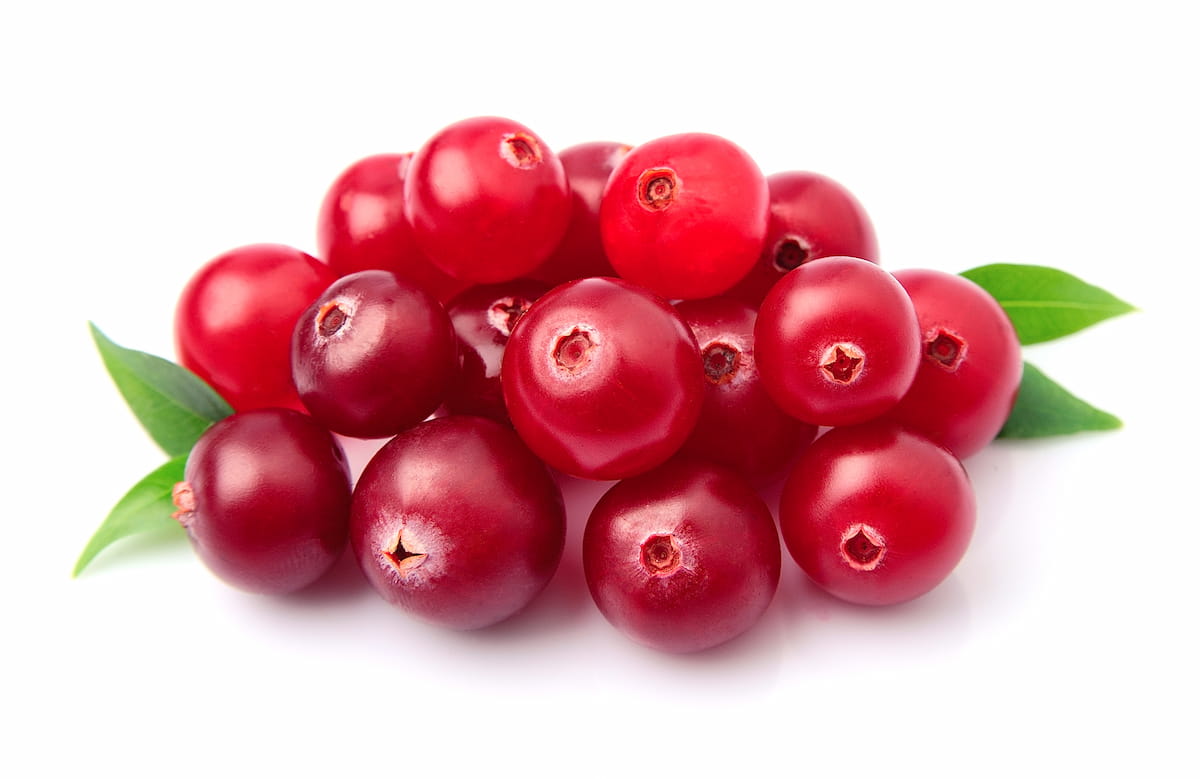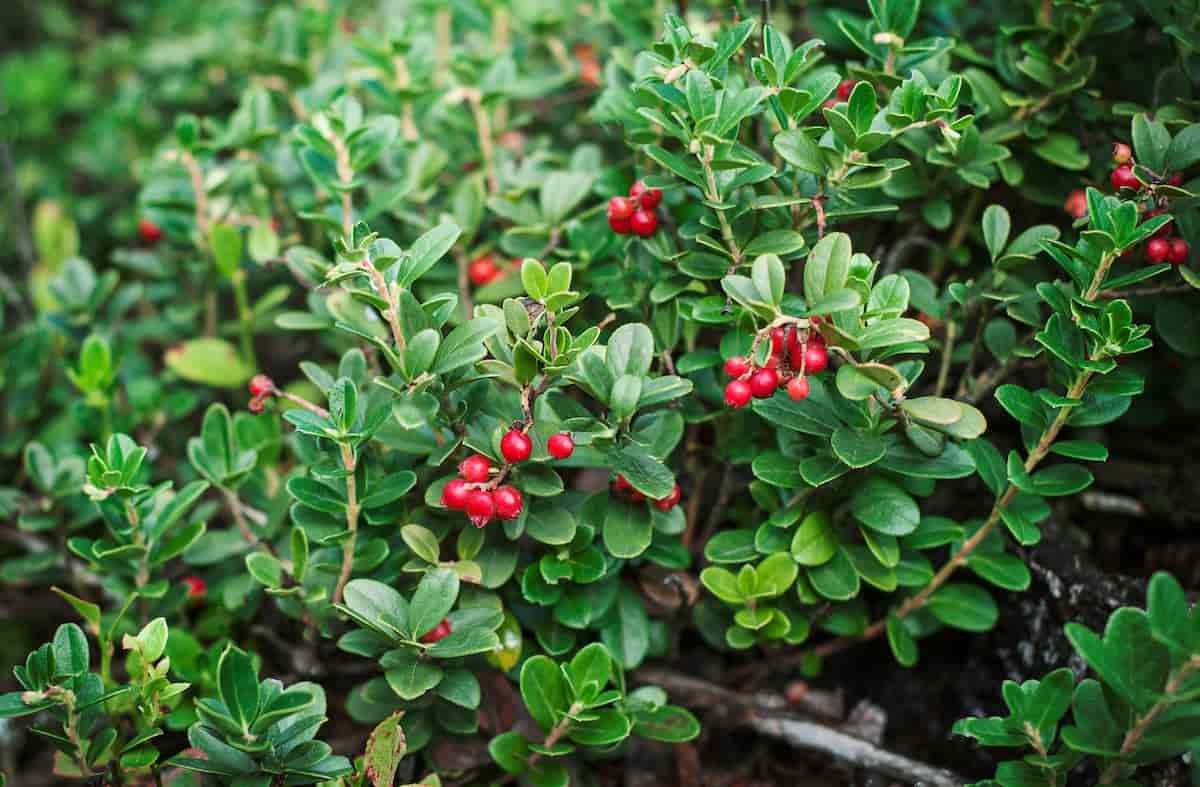Cranberry farming is a profitable agricultural venture in Wisconsin, which produces over 60% of the United States cranberry crop. The state’s unique climate, rich soil, and abundant water resources make it an ideal location for cranberry cultivation. Here we learn about how to start cranberry farming in Wisconsin, including the necessary steps to harvest cranberries, the climate’s impact on farming, and the appropriate season for harvesting.

How to Start Cranberry Farming in Wisconsin
Understanding Cranberries and Wisconsin’s Climate
Cranberries are native to North America and thrive in acidic, well-drained, sandy soils. Wisconsin’s climate, characterized by cold winters and moderate summers, is well-suited for cranberry farming. The state’s abundant water resources, such as the Wisconsin River, provide the necessary irrigation for cranberry beds, while the cool temperatures help maintain the plants’ dormancy during winter months. This allows the plants to conserve energy for vigorous growth in the spring and summer.
Preparing for Cranberry Farming
Before embarking on cranberry farming, you need to plan and prepare adequately. This involves securing the necessary permits and licenses, obtaining the right cultivars, and investing in the required equipment and tools. Consult with local agricultural extension services for guidance on the best practices in cranberry farming in Wisconsin.
Selecting a Suitable Site
Cranberries require specific conditions for optimal growth. The chosen site should have well-drained, acidic soil with a pH level of 4.0 to 5.5. It is also essential to ensure the site has a reliable water source, as cranberries require significant water for irrigation, frost protection, and harvesting.
Constructing Cranberry Beds
Cranberry beds, also known as bogs or marshes, are low-lying areas where cranberries are grown. To construct a cranberry bed, excavate the area to create a shallow basin. Next, line the basin with an impermeable liner to prevent water seepage. Fill the basin with a layer of clean sand, followed by a layer of peat and another layer of sand. The top layer should be 6-12 inches deep to provide the necessary support for the cranberry vines.
Planting Cranberries
Cranberries can be propagated through cuttings, rooted vines, or tissue culture. When selecting planting material, choose healthy, disease-free plants to ensure a successful crop. Cranberries are usually planted in Wisconsin in the spring, when the ground has warmed and the temperature stays above freezing. To plant cranberries, create furrows in the sand and space the cuttings or vines approximately 12-18 inches apart. Cover the planting material with sand, leaving only the tips exposed. Water the newly planted cranberries thoroughly to encourage root establishment.
Irrigation and Water Management
Proper water management is crucial for cranberry farming. Cranberries require consistent moisture to grow and produce fruit. In Wisconsin, irrigation is typically necessary from June through September when rainfall is insufficient. Flood irrigation is the most common method, which involves flooding the cranberry beds with water to provide moisture and control pests.
In case you missed it: How to Start Corn Farming in Wisconsin: A Step-By-Step Production Guide for Planting to Harvest

During winter, cranberries require protection from freezing temperatures. Flooding the cranberry beds with water can provide a protective ice barrier, preventing damage to the plants. Drain the water in early spring when the ice melts to avoid damage from ice breakup.
Fertilization and Pest Management
Cranberries require regular fertilization to maintain growth and fruit production. Apply a balanced fertiliser, like 10-10-10 (which has nitrogen, phosphorus, and potassium), based on what your soil test says and what your cranberry plants need. Fertilise in the spring before new growth starts and again in the summer after the fruit has formed. Avoid over-fertilization, which can lead to excessive vegetative growth and reduced fruit production.
Pest management is another essential aspect of cranberry farming. In Wisconsin, common pests include cranberry fruitworm, cranberry girdler, and black-headed fireworm. Implementing an integrated pest management (IPM) approach can help minimize pest-related issues. IPM involves monitoring pest populations, applying biological controls, and using chemical treatments only when necessary.
Weed Control
Weed control is crucial in maintaining healthy and productive cranberry beds. Weeds compete with cranberry plants for nutrients, water, and sunlight, which can ultimately reduce yield and fruit quality. Implement a weed management plan that combines mechanical, cultural, and chemical methods.
Hand-weeding, mowing, and using specialized equipment such as weed wipers can help control weeds in and around the cranberry beds. In addition, applying mulch can suppress weed growth and conserve soil moisture. If necessary, use herbicides selectively and according to label instructions to control persistent weed problems.
Harvesting Cranberries
Cranberries are typically harvested between late September and early November in Wisconsin. There are two primary methods for harvesting cranberries: dry harvesting and wet harvesting. Dry harvesting involves using specialized machines that comb through the cranberry vines, removing the ripe fruit without damaging the plants. The harvested cranberries are then collected, cleaned, and packaged for sale as fresh fruit.
Wet harvesting, the most common method in Wisconsin, involves flooding the cranberry beds with water. The ripe cranberries float to the surface, where they are corralled and collected using specialized equipment. The harvested cranberries are then cleaned and processed for use in juice, sauce, and other cranberry products.
Post-Harvest Management
After harvesting, preparing your cranberry beds for the next growing season is essential. To reduce the presence of pests and the spread of diseases, it is important to regularly clean the beds of any waste, including as leaves and twigs. Prune the cranberry vines to remove dead or damaged growth and promote healthy, productive plants.
Marketing and Selling Your Cranberry Crop
If you want to make money off of your gathered cranberries, you’ll need to figure out the best approach to market and sell them. Options include selling fresh cranberries to local grocery stores, farmers markets, or directly to consumers. Alternatively, you can process cranberries into value-added products, such as juice, sauce, or dried fruit, to expand your market opportunities.
In case you missed it: How to Start Potato Farming in Wisconsin: A Step-By-Step Production Guide for Planting to Harvest

Conclusion
Starting a cranberry farm in Wisconsin can be a profitable venture. You can successfully grow and harvest a bountiful cranberry crop with careful planning, proper site selection, and stick to best management practices. Remember to consult with local agricultural extension services for guidance and support throughout the process.
- Feed Your Flock for Less: Top 10 Tips to Save on Chicken Feed
- Ultimate Guide to Ossabaw Island Hog: Breeding, Raising, Diet, and Care
- Hatching Answers: The Top 10 Reasons Your Chickens Aren’t Laying Eggs
- Eggs and Economics: Breaking Down the Cost of Raising Backyard Chickens
- Defend Your Greens: Proven Methods to Keep Iguanas Out of Your Garden
- Ultimate Guide to Cinnamon Queen Chicken: A Comprehensive Guide for Beginners
- Ultimate Guide to California Tan Chicken: Breeding, Raising, Diet, Egg-Production and Care
- Ultimate Guide to Marsh Daisy Chicken: Breeding, Raising, Diet, and Care
- 10 Types of Chicken Farming Businesses You Can Start for Profits